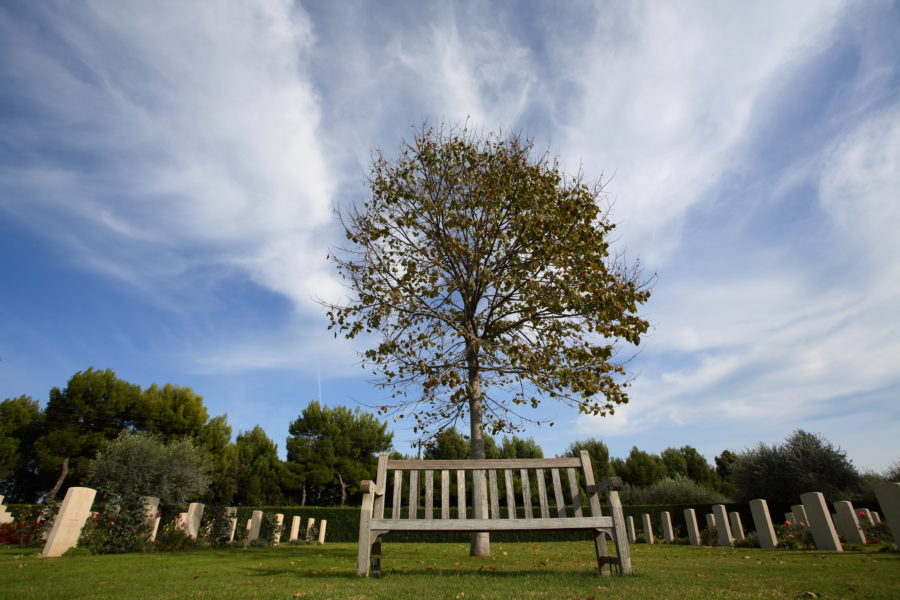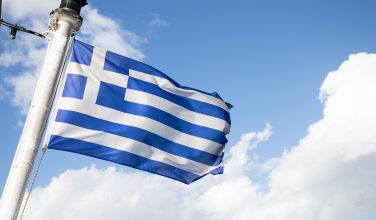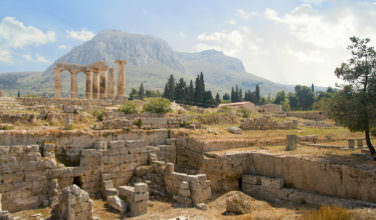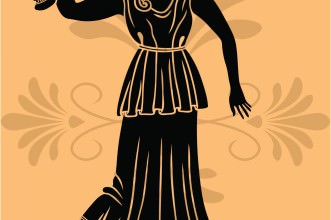Get to Know the Greek Civil War
Comments Off on Get to Know the Greek Civil War
 The Greek Civil War was a conflict that had two phases. The first phase took place from 1943 to 1944. The second phase took place in 1944. The war itself overlapped World War II, which officially ended in 1945. During the first part of Wolrd War II, Axis Powers, and in particular the Germans, occupied Greece.
The Greek Civil War was a conflict that had two phases. The first phase took place from 1943 to 1944. The second phase took place in 1944. The war itself overlapped World War II, which officially ended in 1945. During the first part of Wolrd War II, Axis Powers, and in particular the Germans, occupied Greece.
When the Italian Army initially invaded, they encountered more resistance than they expected. The German Army had to expend more of its resources than planned to successfully occupy Greece. As World War II drew to a close and there Axis Powers started to fall, civil unrest in Greece began to develop. This unrest developed into a civil war. Here’s more information about this time in Greek history:
Who Would Control Greece?
As early as 1942, during the German occupation of Greece, political parties were vying for control of the nation. With the leaders of the Greek government in exile and helpless to effect control, resistance efforts took their place. These efforts came from various groups who represented a wide range of political leanings. Unfortunately, their goals were as much to gain power as they were to throw off the Nazis. This resulted in tensions among the Greeks which led directly to armed skirmishes in their streets.
Main Political Parties During the Greek Civil War
Involved were the two main party factions: the KKE, or the Communist Party of Greece, and the original Greek Government Army. Each had military strength and support from global powers that wanted to exert influence within Greece. The KKE was supported by communist nations like Yugoslavia, Bulgaria, and Albania. The Soviet Union remained aloof due to treaties it had previously signed. The Greek Government Army was backed by U.S. and British interests. Other factions added their chaotic elements to the mix as well, but many were absorbed into these larger parties.
War Breaks Out Within Greece
Directly following German withdrawal, rioting broke out in 1944 as KKE factions resisted the return to power of the Greek government leaders. The initial riot resulted in deaths and injuries. It further led to a battle that lasted for 33 days in the streets of Greece. The polarized sides refused peaceful discussions or resolution. In 1946, open civil war broke out in Greece. Better organized now and with more involved backing from regional socialist states, the KKE organized its own provisional government against the standing government.
The lack of direct Soviet support for the KKE undermined their efforts. The standing Greek government, on the other hand, had global support and treaties to back it. American support for the standing government increased as the civil war continued for three more years. Eventually, the Greek government won against the KKE. Greece joined NATO and became a source of democratic influence in the region throughout the years of the Cold War.
Many communist insurgents were imprisoned or executed. The damage to the Greek economy and infrastructure, as well as the unmeasured suffering of the citizenry, was worse as a result of the Civil War than it had been under the Germans. Political divisions along similar lines continue to the present time.
Source:
Categorized in: Modern Greek History
This post was written by Greek Boston





